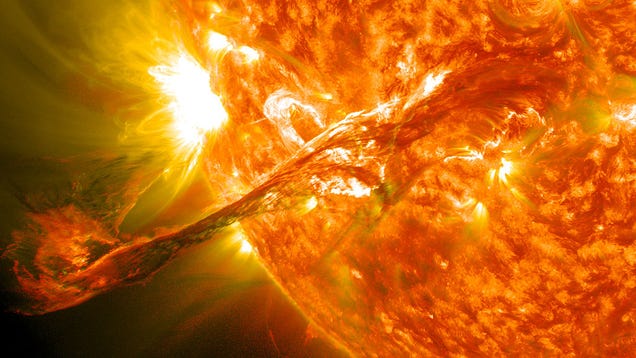
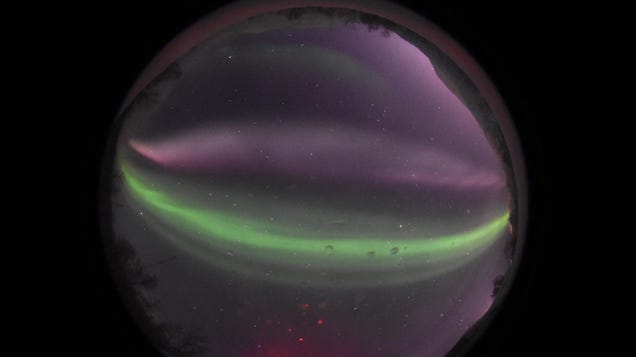
STEVE, a strange ribbon of purple and green haze discovered by citizen scientists in 2016, just got even weirder. While looking through archival data, a team of scientists discovered that the aurora-like phenomenon has a secret twin moving in the opposite direction.
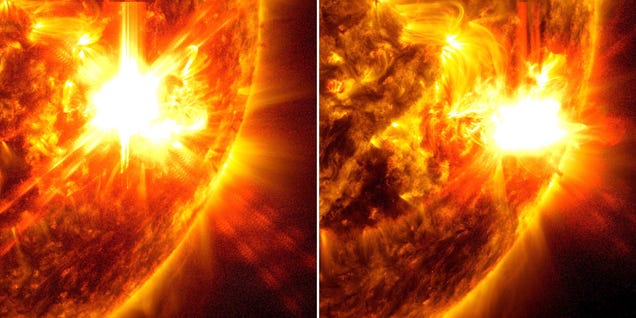
Compasses at the bottom of the ocean wobbled as a massive solar storm hit Earth last week, giving the instruments two miles under the sea a jolt of magnetic shock and awe.
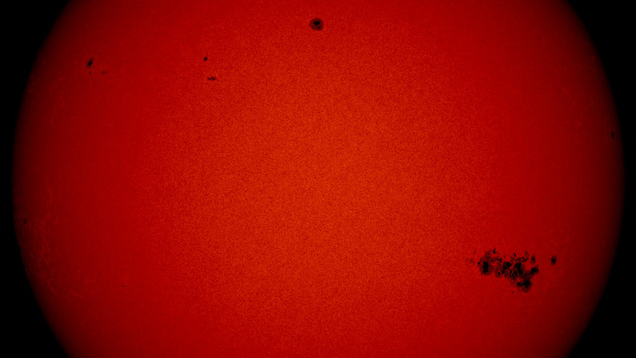
Inclement weather on the Sun’s surface could affect infrastructure on Earth and in space, scientists are predicting, as our host star approaches its solar maximum.
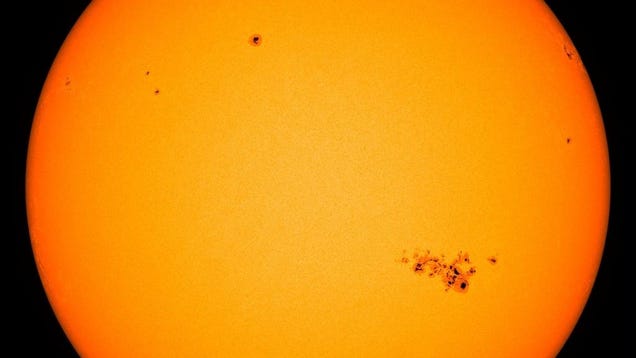
The Sun is a hot mess right now. Solar maximum is fast approaching, and a giant dark spot on the surface of the Sun keeps growing while spewing radiation out to space in the process.
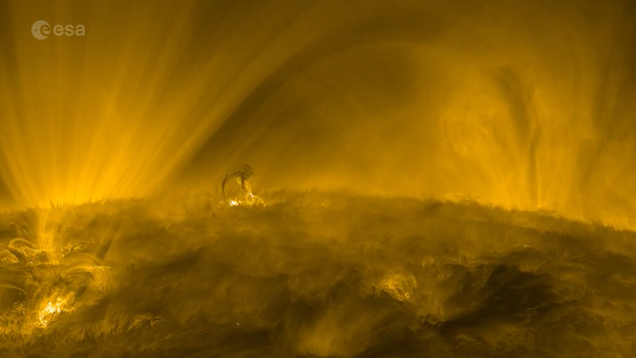
The recent total solar eclipse on April 8 provided a rare glimpse of the Sun’s roiling corona, including some eye-grabbing prominences. Those views were neat, but a new video captured by Europe’s Sun-buzzing probe is providing some of the best close-up views of our host star that we’ve ever seen.
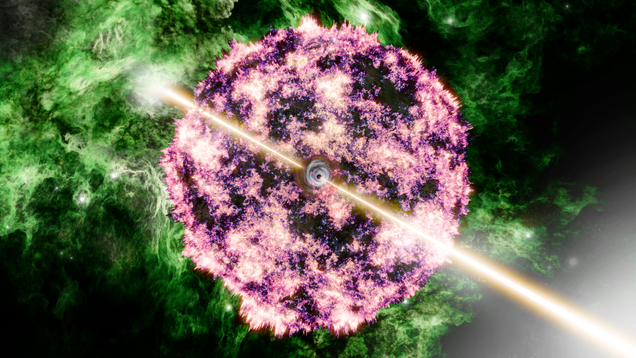
In October 2022, an extremely bright flash caught the attention of the Gemini South telescope in Chile. It was quickly determined to be the brightest ever seen, hence its nickname: the Brightest Of All Time (the BOAT).
T Coronae Borealis, a binary star system located 3,000 light-years from Earth, is a ticking time bomb waiting to explode. And if the recurring nova follows its usual pattern, we can expect to see a new, albeit temporary, star appearing in our night sky any day now.
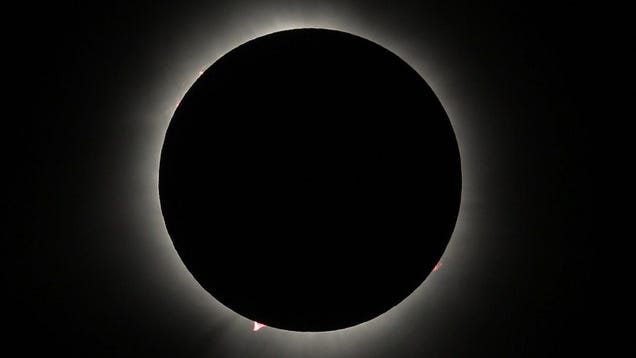
We were hoping for something like this to happen. For a brief moment yesterday, the Sun waved to us from afar, telling us that it’s in the midst of a vibrant and dynamic phase of its 11-year cycle when solar eruptions and other phenomena are at their peak and more likely to occur.

